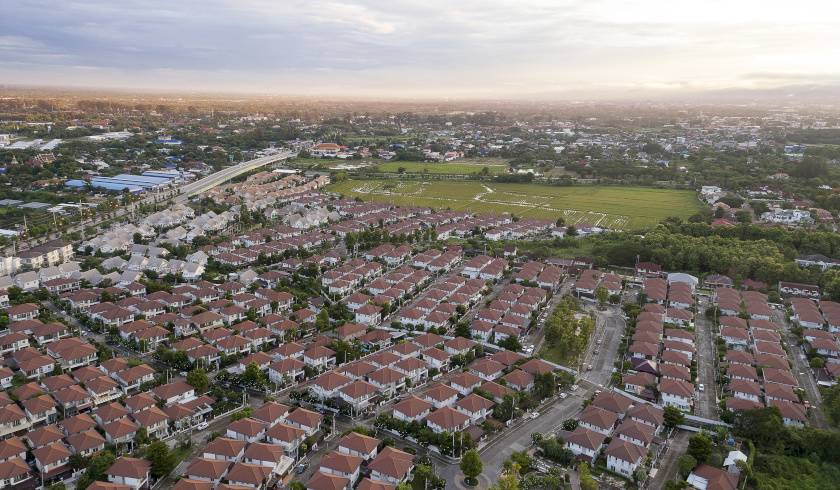3 lies you’ve been told about the Australian property market
We’re living in the era of fake news where anyone with a social media account has the power to influence, for better or worse. Property market lies are regularly being told, and this is having a very real impact on both the market and the everyday people who invest their hard-earned dollars in it. Here are three of the biggest clangers.

Lie 1: “It’s a bubble, the Australian property market can’t continue to go up”
There are two major issues with this age-old cry.
Firstly, there is really no such thing as the property “market”. Unlike the rationality of shares where perfect market conditions apply, every property and every buyer is different and driven by varying emotional needs, so sweeping statements about “the property market” along with the use of out-of-context data paint a limiting and often misleading picture.
Secondly, despite hearing “bubble” claims every year for each of the 35 years I’ve been in property, the evidence continues to prove otherwise.
Since the beginning of accurate property records in 1926, property has averaged over 11 per cent growth (according to joint AMP and ABS figures). Sure, it hasn’t been in a straight line and there are peaks and troughs, but the overall trend direction continues upwards.
So can, and will, this continue? Yes and yes. It is simply a matter of supply and demand. In areas where demand exceeds supply and buyers have the capacity to keep paying more to secure properties in tightly held, sought-after locations, property values will continue to rise.
The key point here is that value increases won’t occur everywhere – it will be localised. Just follow the areas where job growth is high.
Lie 2: “Abolishing negative gearing will improve housing affordability”
The political spin on this federal election issue would be laughable if it wasn’t so serious. While this “take from the rich to give to the poor” vote-grabber seems appealing, it will wipe between 6 to 12 per cent of value from all of our homes to the tune of $600 billion nationally, according to independent research from both RiskWise & SQM.
Making matters worse, it will do nothing to improve housing affordability. We don’t have an affordability problem (home loan costs have never been so low) – we have an entitlement and access issue.
In our world of instant gratification, social media and credit cards, we no longer have long-term savings habits. Then there’s the exorbitant stamp duty and other over and above purchase price costs that typically add an extra 5 to 7 per cent on average. This means that many home buyers can’t put together a deposit.
And this problem won’t go away, even if negative gearing does. Yet it will leave a huge hole in the retirement nest eggs of all hard-working home owners and will penalise the millions of mum-and-dad investors who have wisely invested in their future through property.
Lie 3: “Just follow the ‘Australian Dream’ to be successful”
“Just work hard, buy your home, pay off your mortgage, retire on your super and then tick off your bucket list.” This fallacy is more prevalent than ever, yet has never been more unrealistic.
In reality, most Australians are working harder and longer than ever before, yet are crippled by debt and with no time for loved ones or lifestyle. A strategy of super alone no longer stacks up.
According to the most recent ABS figures, over 73 per cent of retirees over the age of 65 are surviving on an average of $15,300 a year – that’s just $295 a week. That barely allows you to buy the bucket let alone consider the list in retirement!
Super has a role to play, but not as the major source of retirement income. Australian property is still the safest, most affordable and sustainable investment, allowing families to secure their future and lifestyle long term.
The truth will set you free
Australians have always had a love affair with property. For most, over 50 percent of our personal wealth is tied up in the value of our home, so it is not surprising that we all have such a keen interest.
So when headlines talk of “bubbles”, “a looming crash” or an “affordability crisis”, Australians take notice. Many are influenced, whether consciously or subconsciously. The problem is that a lot of what we read, watch and hear about Australian property is based on vested interests, biases, half-truths or outright lies, driven mostly by commentators and politicians who lack real knowledge and experience in property.
So, in the age of misinformation, finding the truth is more important than ever, and property is no different.
How? It is all about trust. Seek advice and you’ll likely avoid the hype and headlines and make good decisions tailored to your personal circumstances.
